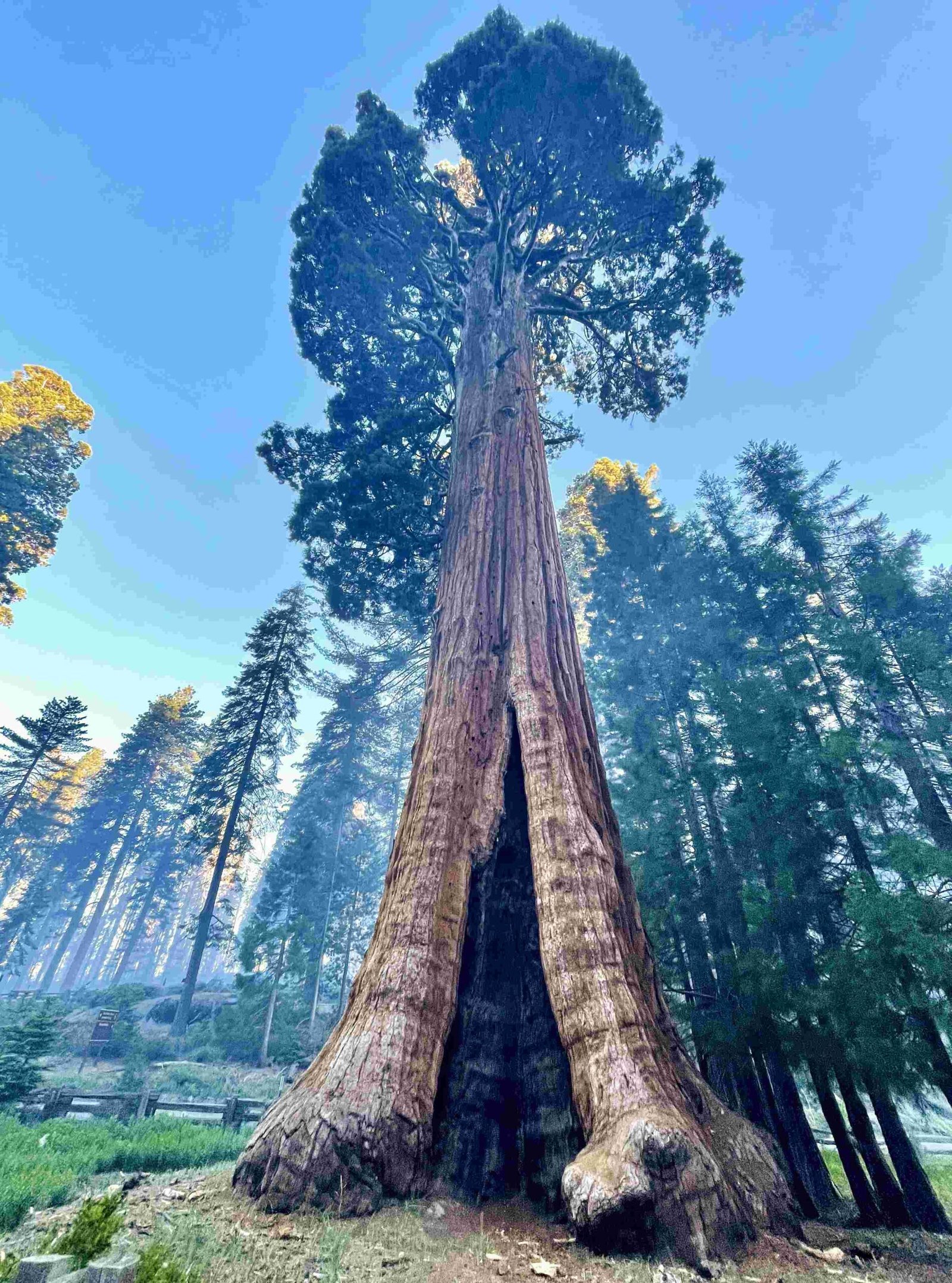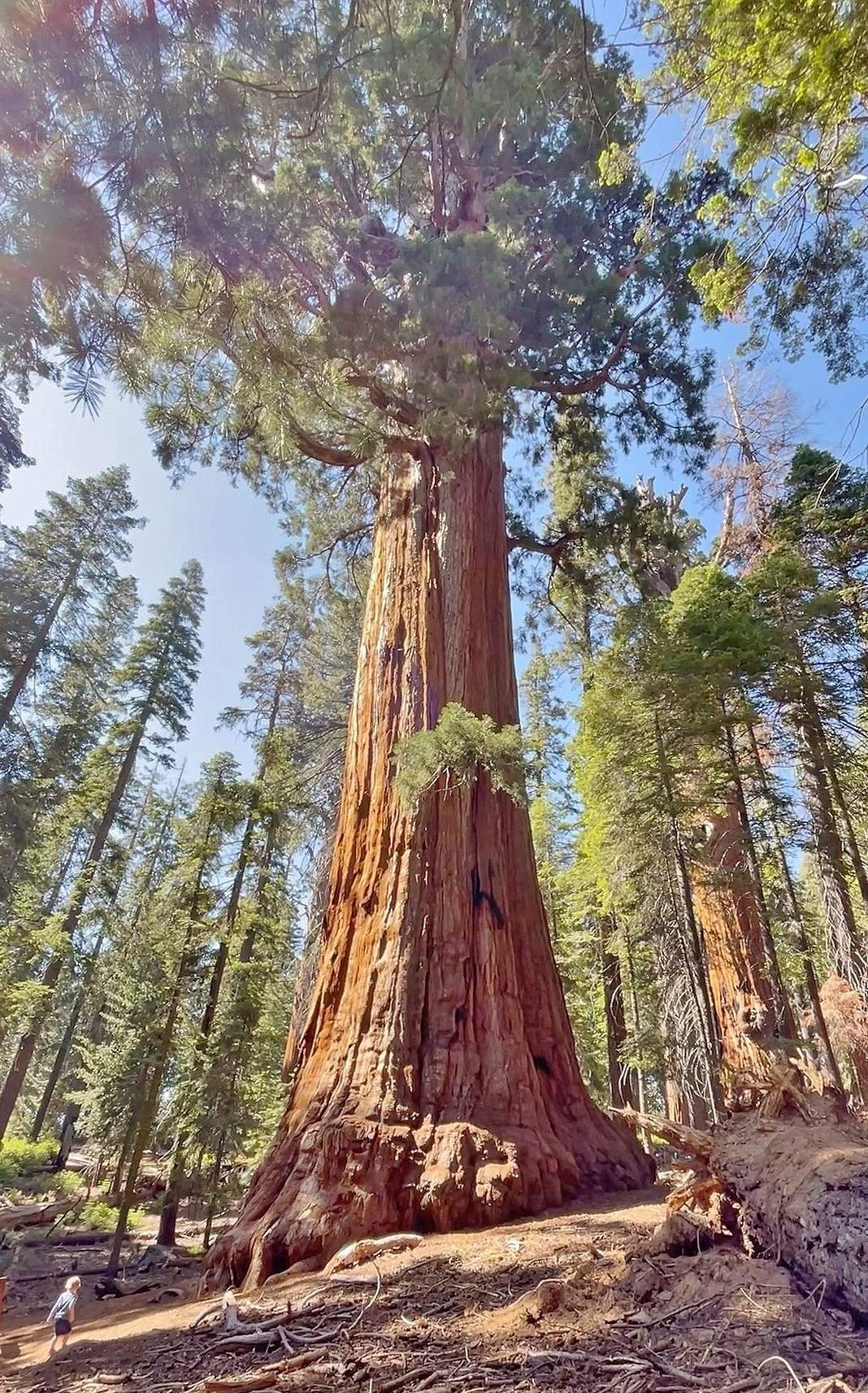Sequoia National Park, known for its towering trees and diverse wildlife, occasionally sees encounters between humans and animals. While attacks are rare, visitors should be aware of potential risks, especially from black bears. The park implements strict safety measures, including food storage regulations and educational programs, to minimize human-wildlife conflicts. Understanding these precautions and following park guidelines is crucial for a safe and enjoyable visit to this natural wonder.
What Are the Statistics on Animal Attacks in Sequoia National Park?

While specific annual statistics for Sequoia National Park are not readily available, we can glean some insights from broader data:
- Black bear encounters are the most common wildlife concern in the park.
- Fatal attacks are extremely rare, with no recorded deaths from bear attacks in recent years.
- Non-fatal incidents, such as property damage or minor injuries, occur occasionally.
- The park has seen a decrease in bear-related incidents over the years due to improved visitor education and stricter food storage regulations.
It’s important to note that while animal attacks grab headlines, they are statistically uncommon. Most visitors to Sequoia National Park enjoy their time without any dangerous wildlife encounters.
How Can Visitors Protect Themselves from Animal Attacks?

To minimize the risk of animal attacks, particularly from bears, visitors should follow these guidelines:
- Maintain a safe distance from all wildlife (at least 100 yards for bears).
- Make noise while hiking to avoid surprising animals.
- Carry bear spray and know how to use it.
- Store food and scented items properly in bear-proof containers.
- Hike in groups when possible.
- Stay on designated trails.
- Be extra cautious during dawn and dusk when animals are more active.
Bear Encounter Response
If you encounter a bear:
- Stay calm and assess the situation.
- Slowly back away without turning your back on the bear.
- Speak in a low, calm voice to make your presence known.
- If the bear approaches, make yourself look larger by raising your arms and standing your ground.
- Use bear spray if the bear comes within range.
Remember, most bears will avoid humans if given the chance.
What Facilities Support Wildlife Safety in the Park?
Sequoia National Park offers several amenities to support wildlife safety:
-
Signage: Informative signs are posted throughout the park, warning of potential wildlife encounters and providing safety tips.
-
Ranger-Led Programs: Educational sessions on wildlife safety are regularly conducted by park rangers.
-
Bear-Proof Storage: Campsites and picnic areas are equipped with bear-proof food storage lockers.
-
Visitor Centers: These provide up-to-date information on recent animal sightings and safety recommendations.
-
Emergency Services: Park rangers and medical facilities are available for emergencies.
| Facility | Purpose |
|---|---|
| Bear-Proof Containers | Secure food storage |
| Warning Signs | Alert visitors to potential dangers |
| Ranger Stations | Provide information and assistance |
| Emergency Call Boxes | Quick access to help in remote areas |
What Are the Rules for Food Storage and Waste Disposal?
Proper food storage and waste disposal are crucial for preventing animal attacks. The park enforces strict regulations:
- Food Storage:
- All food, trash, and scented items must be stored in bear-proof containers or lockers when not in use.
-
If bear lockers are unavailable, items must be hung at least 10 feet off the ground and 4 feet from the trunk of a tree.
-
Waste Disposal:
- Use bear-proof trash cans provided in the park.
- Pack out all trash if bear-proof containers are not available.
-
Never leave food scraps or garbage unattended, even for a short time.
-
Scented Items:
- Store all scented items, including toiletries, in bear-proof containers.
- This includes items like toothpaste, soap, and lotion.
Failure to comply with these regulations can result in fines and increase the risk of animal encounters.
How Effective Are the Park’s Wildlife Management Strategies?
Sequoia National Park’s wildlife management strategies have shown significant success:
- Reduced Incidents: The number of bear-related incidents has decreased over the years.
- Habitat Preservation: Efforts to maintain natural habitats have helped keep wildlife at a safe distance from visitor areas.
- Education Impact: Visitor awareness programs have led to better compliance with safety guidelines.
However, challenges remain:
- Increasing visitor numbers put pressure on wildlife habitats.
- Climate change affects animal behavior and migration patterns.
- Some visitors still ignore safety guidelines, potentially endangering themselves and wildlife.
The park continually adapts its strategies based on new research and changing conditions to ensure the safety of both visitors and wildlife.
What Should Visitors Do in Case of an Animal Attack?
In the unlikely event of an animal attack:
- Seek Medical Attention: Even minor injuries can become serious if left untreated.
- Report the Incident: Inform park rangers immediately. This helps protect other visitors and allows for proper wildlife management.
- Provide Details: Give a detailed description of the animal and the location of the encounter.
- Follow Instructions: Park staff may close certain areas or increase patrols following an attack.
- Cooperate with Investigations: Park officials may need to gather more information to prevent future incidents.
Remember, most animal encounters in Sequoia National Park are peaceful observations from a safe distance. By following park guidelines and respecting wildlife, visitors can greatly reduce the already low risk of animal attacks and enjoy the natural beauty of this magnificent park.
